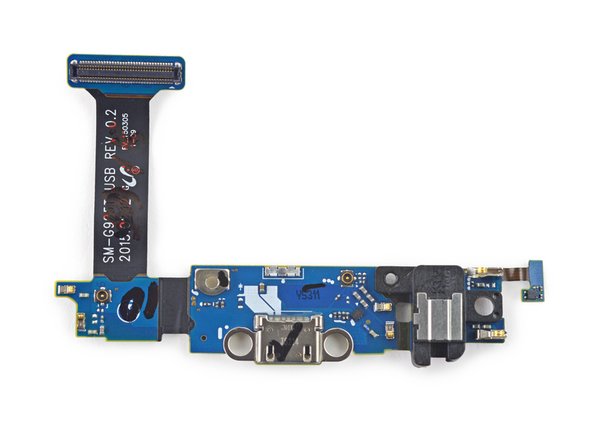crwdns2935425:015crwdne2935425:0
crwdns2931653:015crwdne2931653:0






-
In what seems like a(nother) major step backward, the S6 Edge dumps the lightning-fast Micro-B USB 3.0 port found on the Galaxy S5 in favor of a garden-variety microUSB (2.0) port.
-
Welcome to the year 2000.
crwdns2944171:0crwdnd2944171:0crwdnd2944171:0crwdnd2944171:0crwdne2944171:0